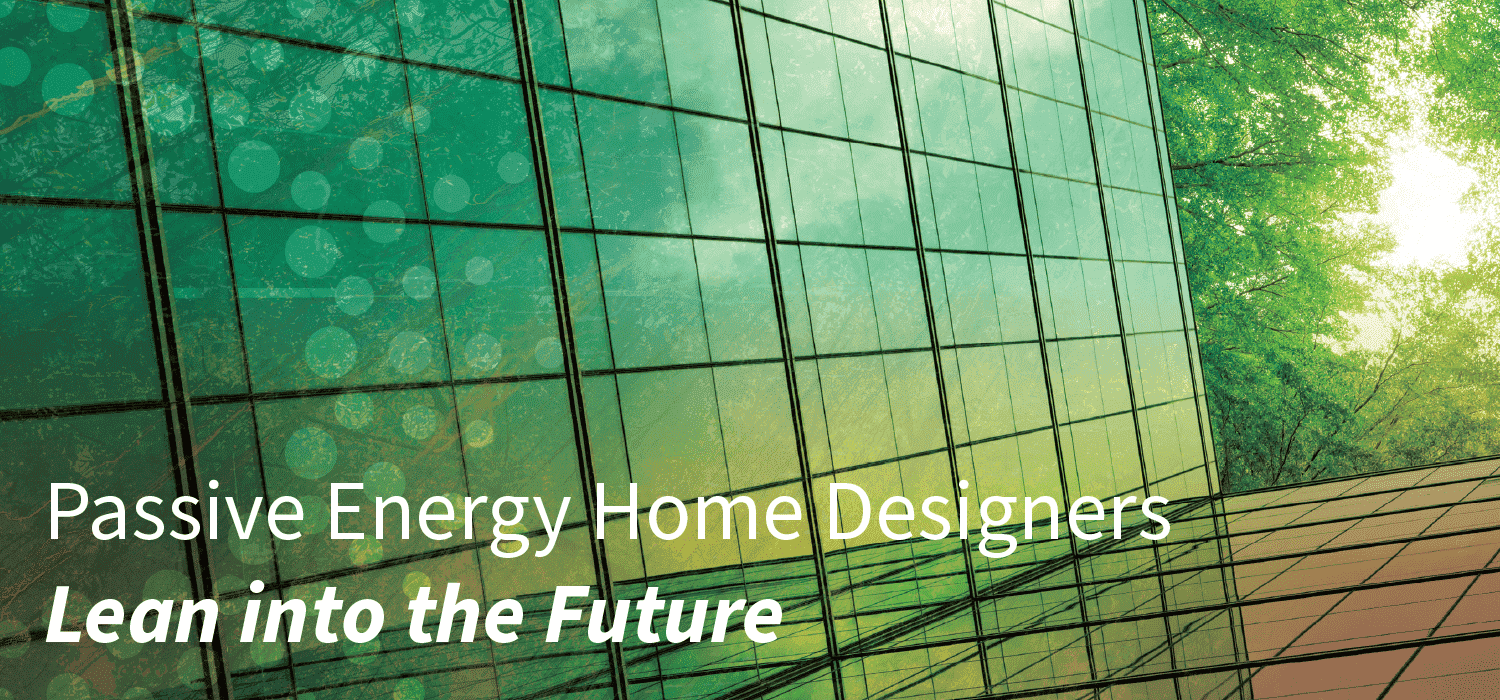People have been trying to design sustainable passive energy homes since the dawn of time. However, new features are being shaped around today’s design and sustainability mandates. The new COP27 accords, for example, provide one template that includes improvements in solar and wind energy efficiency. Make cities more friendly for walkers and cyclists. Reduce nitrogen pollution from agriculture. Eat better. And reduce food waste.
The U.S. Department of Energy is leading some excitement around these projects. For 20 years, the DOE has held a Solar Decathlon, an annual event that challenges college students to design and construct zero-energy structures. Over 40,000 college students around the world are participating this year.
By leveraging innovative materials and technologies, this future generation of designers will gain practical knowledge for leveraging low-carbon, highly efficient materials to create an energy future that is both equitable and clean.
But designing sustainably is not just about solar. London-based Dezeen magazine’s “Timber Revolution” series focuses on using mass timber (rather than steel) as a sustainable building material. The results are spectacular.
Mass timber is an engineered material that binds wood fibers as a carbon-friendly alternative to steel or concrete.
The timing finally seems right for the path to sustainability. Electric vehicle ownership, for instance, in the New York City area has been trending up over 200% since 2020. And revenue for electric vehicle sales is projected to reach $2.13 billion in 2023, according to Statista, a company specializing in market and consumer data.
The transition to sustainable new energy sources takes work. Batteries, which have been the problem since Henry Ford and Thomas Edison tried to build an electric vehicle over 100 years ago, also are arriving at a tipping point. Sonnen, based in Germany, is trying to lead the way.
“You can wait for change to happen or take your energy future into your own hands,” declares founder Christoph Ostermann via their website. Sonnen batteries were introduced in 2011 as one of the first proven intelligent lithium storage systems. In addition, Sonnen offers active energy management, smart metering, and virtual power plant integration.
Sonnen, Tesla, LG, Ecojoule in Australia, and others are seeking methods of providing both individual and community energy smart storage systems.
This is important. Energy sources are about to become decentralized, and buildings (including residential ones) will evolve to become an integral part of the power infrastructure. For example, solar panels will be installed on warehouse rooftops and tops of shopping malls, office buildings, and retail chains. This currently wasted real estate will become a micro-site to capture energy, distribution, and storage.
These micro-sites will be combined with others that will become part of a microgrid. So, hundreds or thousands will spread throughout municipalities and rural communities rather than one central energy facility.
C-PACE Lending
One way that Sunrise Banks is helping developers finance sustainable buildings is through our Commercial Property Assessed Clean Energy (C-PACE) lending program.
The program provides commercial building owners capital to invest in a number of different sustainable projects, including the installation of solar panels, upgraded heating and cooling systems and electric vehicle charging stations.
C-PACE incentivizes sustainability and helps businesses overcome one of the biggest obstacles they face when implementing green upgrades: cost.
Learn more about C-PACE lending, what projects are eligible, and how to apply on our blog.

